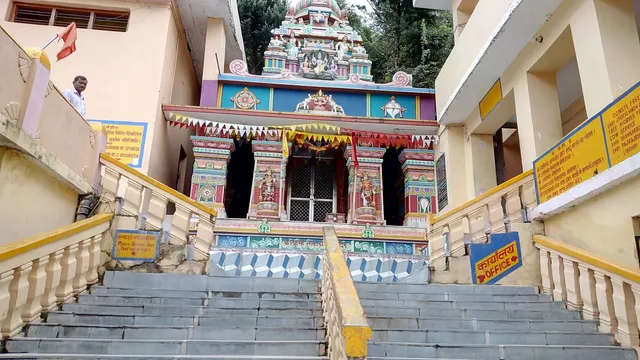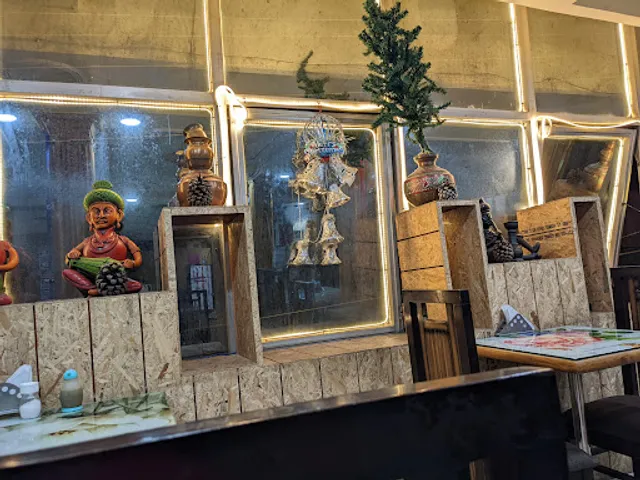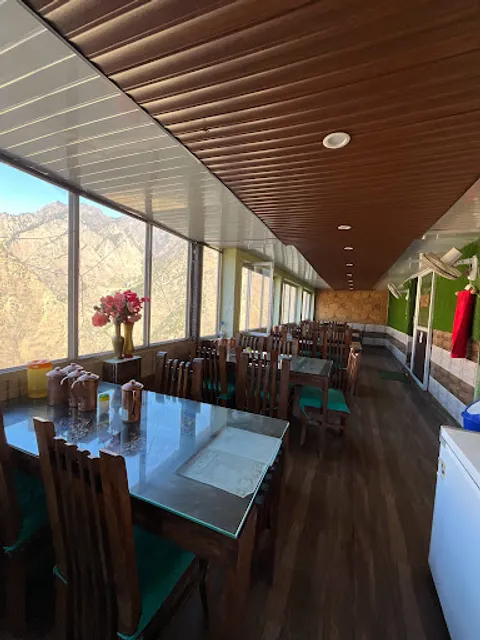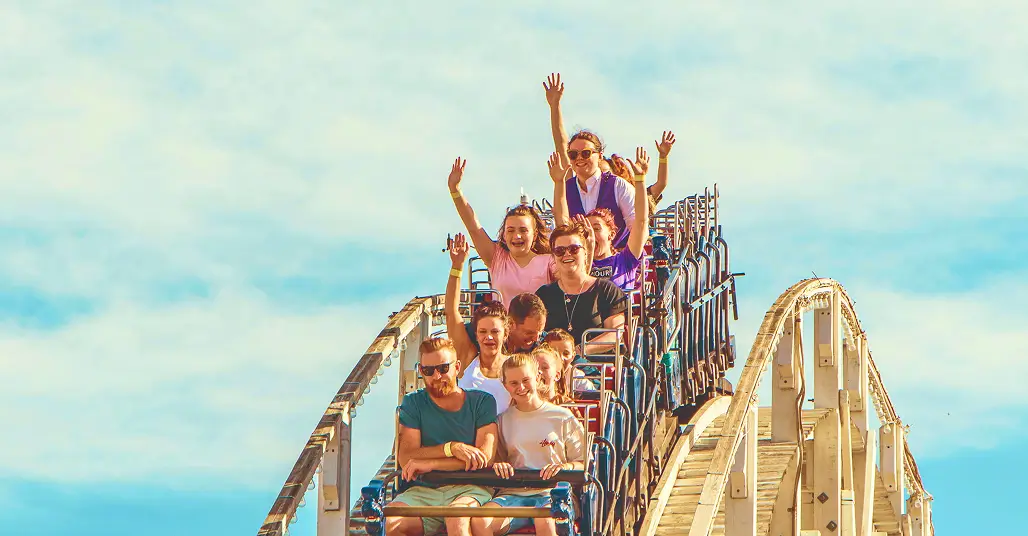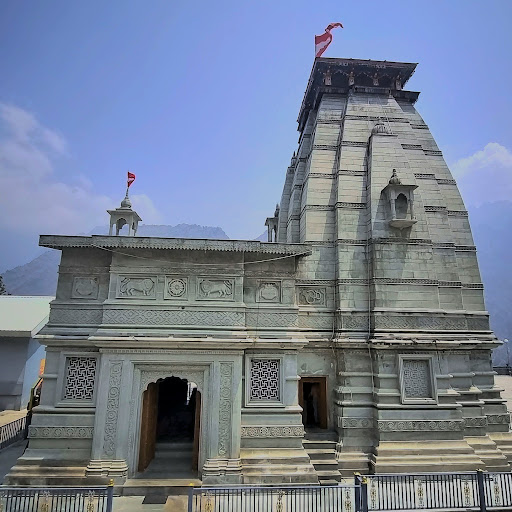Narsingh Mandir, also known as Narsingh Badri Temple, is a revered Hindu temple located in Joshimath, Chamoli district, Uttarakhand, India, at an elevation of approximately 1,875 meters (6,150 feet) in the Garhwal Himalayas. Situated in the lower bazaar area near the Joshimath bus stand, the temple is easily accessible and a prominent pilgrimage site. Dedicated to Lord Narsimha, the fourth incarnation of Lord Vishnu, depicted as half-lion and half-human, the temple is a significant part of the Sapt Badri Yatra, a circuit of seven Vishnu shrines, and one of the 108 Divya Desams (sacred Vishnu temples).The temple’s architecture reflects traditional Garhwali style with intricately carved wooden doors and ornate sculptures, exuding a serene and divine ambiance. The idol of Lord Narsimha, crafted from Shaligram stone, is approximately 25 cm high, seated in a lotus position, and is believed to be self-manifested or installed by Adi Shankaracharya in the 8th century. Surrounding the main deity are idols of Goddess Chandika, Lord Rama, Sita, Hanuman, Garuda, Badrinath, Kuber, and Uddhav, adding to the temple’s sanctity. The temple is particularly vibrant during rituals like the morning abhishekam (bathing of the idol) and evening aarti, accompanied by Vedic chants and incense, creating a spiritually uplifting atmosphere.A unique feature of the temple is the prophecy associated with the Narsimha idol’s right wrist, which is said to be thinning over time. Local belief holds that when the wrist breaks, the Nar and Narayan mountains (Jay and Vijay peaks) near Vishnuprayag will merge, blocking the route to Badrinath, and the deity of Badrinath will be relocated to Bhavishya Badri, marking the onset of significant spiritual changes, possibly the end of Kali Yuga.The temple serves as the winter abode for Lord Badrinath. From November to April, when the Badrinath Temple closes due to heavy snowfall, the idol of Lord Badrinath is ceremonially brought to Narsingh Mandir, where it is worshipped alongside Lord Narsimha, enhancing the temple’s religious importance.
Narsingh Mandir is a beacon of spiritual solace and devotion, particularly for Vaishnavites. Lord Narsimha, symbolizing the triumph of good over evil, is revered for his role in protecting his devotee Prahlada from the demon king Hiranyakashipu, as per Hindu mythology. The temple’s association with this narrative underscores its role as a site for seeking divine protection and blessings. The thinning wrist of the Narsimha idol adds a mystical dimension, drawing pilgrims who believe in its prophetic significance and the temple’s connection to cosmic cycles.As part of the Char Dham Yatra and Sapt Badri circuit, the temple attracts devotees seeking spiritual purification. Festivals like Narsimha Jayanti (celebrating Lord Narsimha’s appearance) and Holi (linked to the Prahlada-Holika story) are celebrated with fervor, deepening the temple’s spiritual vibrancy. The evening aarti and daily rituals, filled with Vedic hymns, offer devotees a profound connection to the divine.The temple’s role as the winter home of Lord Badrinath elevates its status, as it becomes a focal point for Badrinath worship during the colder months, ensuring continuity of devotion. Its inclusion in the 108 Divya Desams further cements its sanctity for followers of Vaishnavism.
Historically, Narsingh Mandir is closely tied to Adi Shankaracharya, the 8th-century philosopher-saint who is credited with establishing the temple and installing the Shaligram idol of Lord Narsimha. Shankaracharya’s efforts to revive Hinduism and establish the four cardinal mathas (monasteries), including the Jyotirmath in Joshimath, lend the temple immense historical importance. The temple is believed to be around 1,200 years old, with some sources suggesting its idol was crafted during the reign of King Lalitaditya Yukta Pida of Kashmir.
Additional NotesAccessibility: The temple is open from 5 AM to 8:30 PM, with the best time to visit being April to November due to pleasant weather. Winters (November...
Read more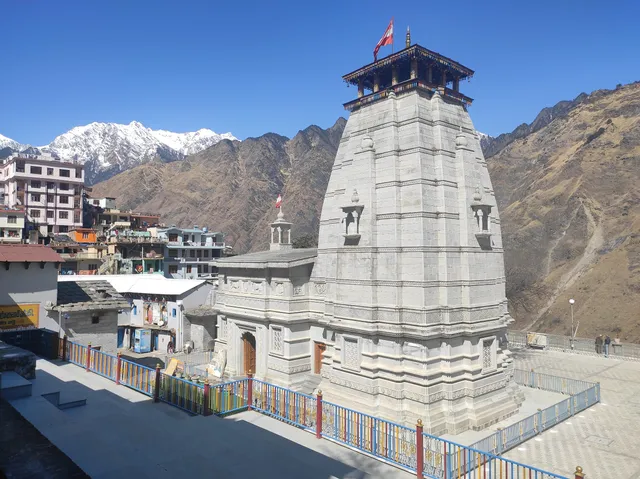
 Learn more insights from Wanderboat AI.
Learn more insights from Wanderboat AI.



